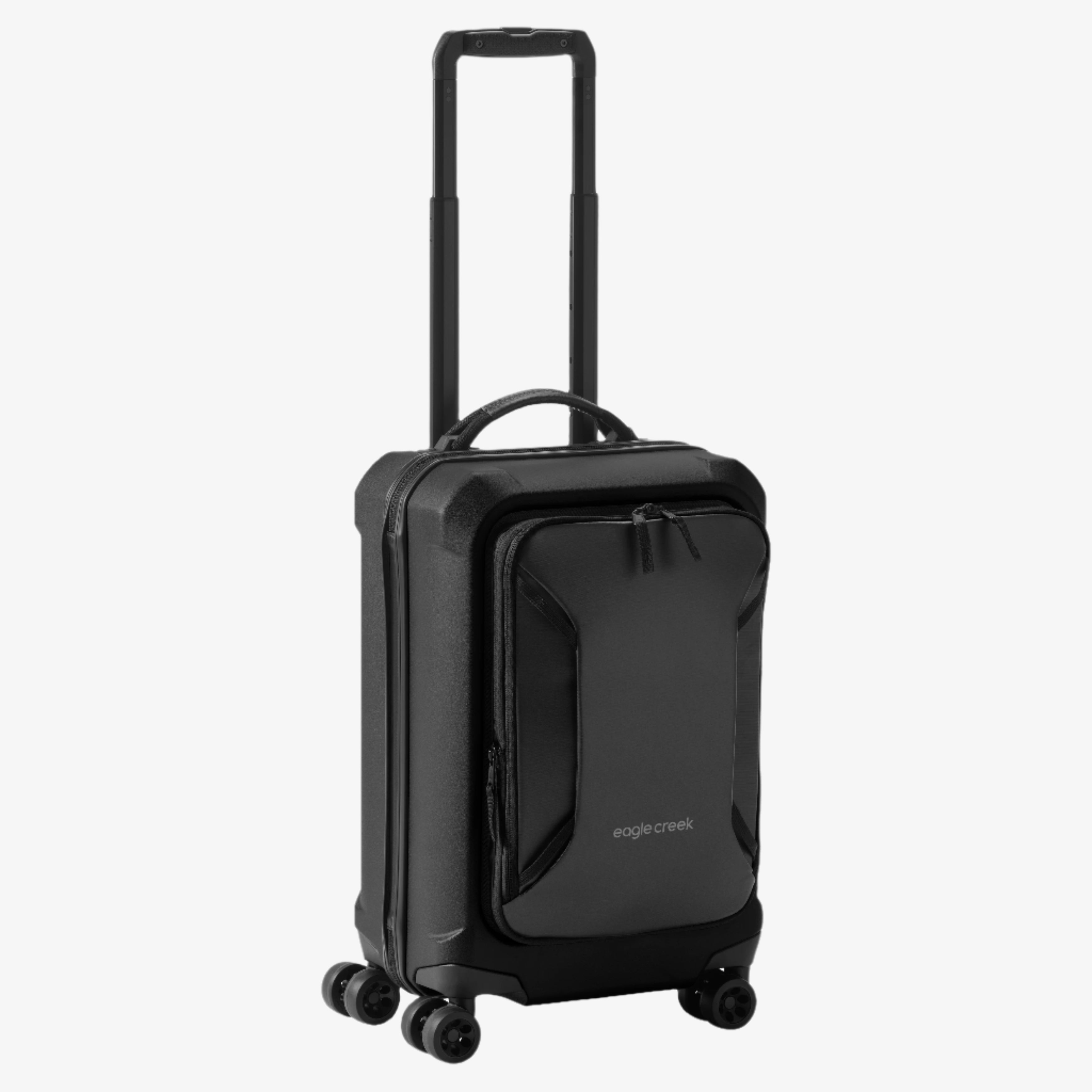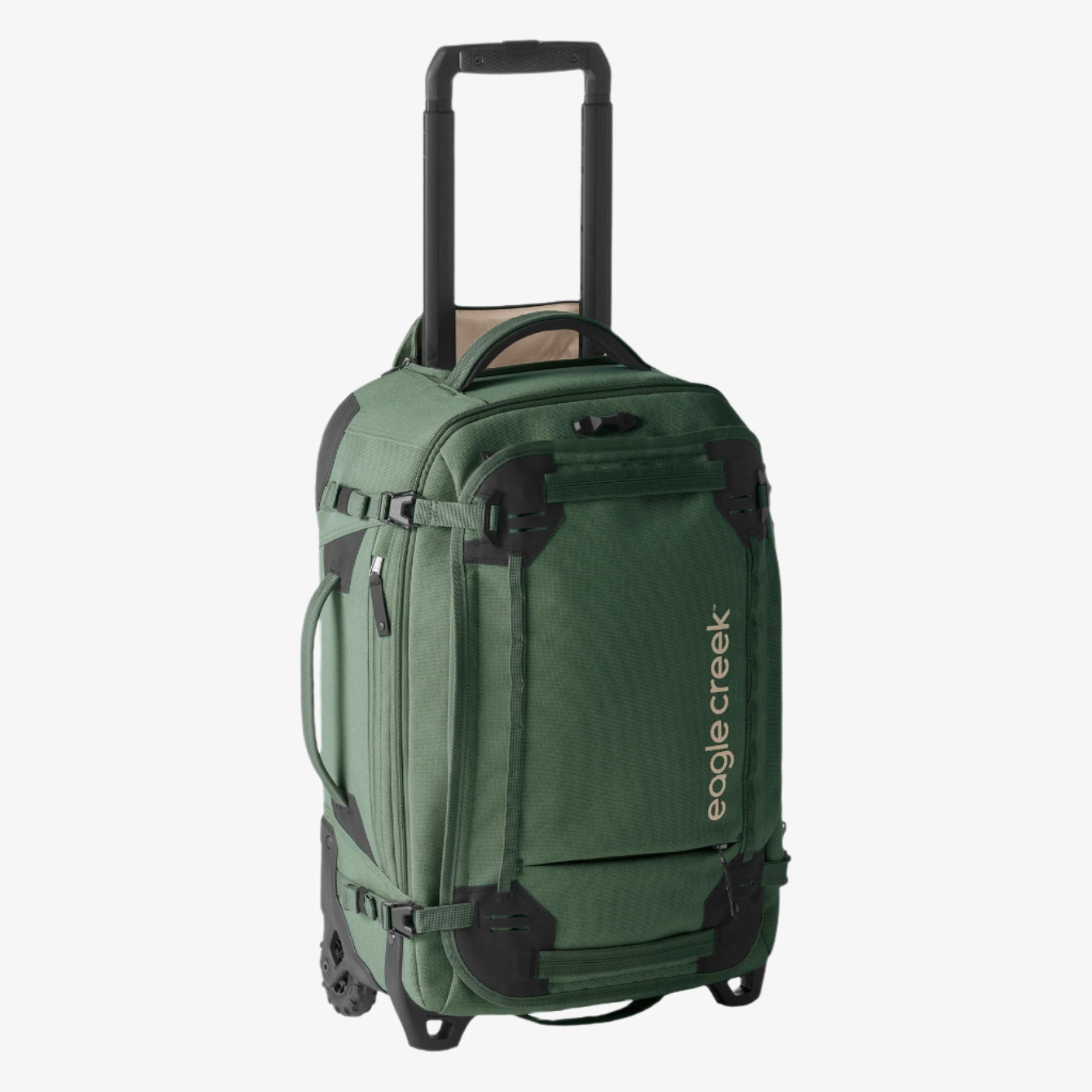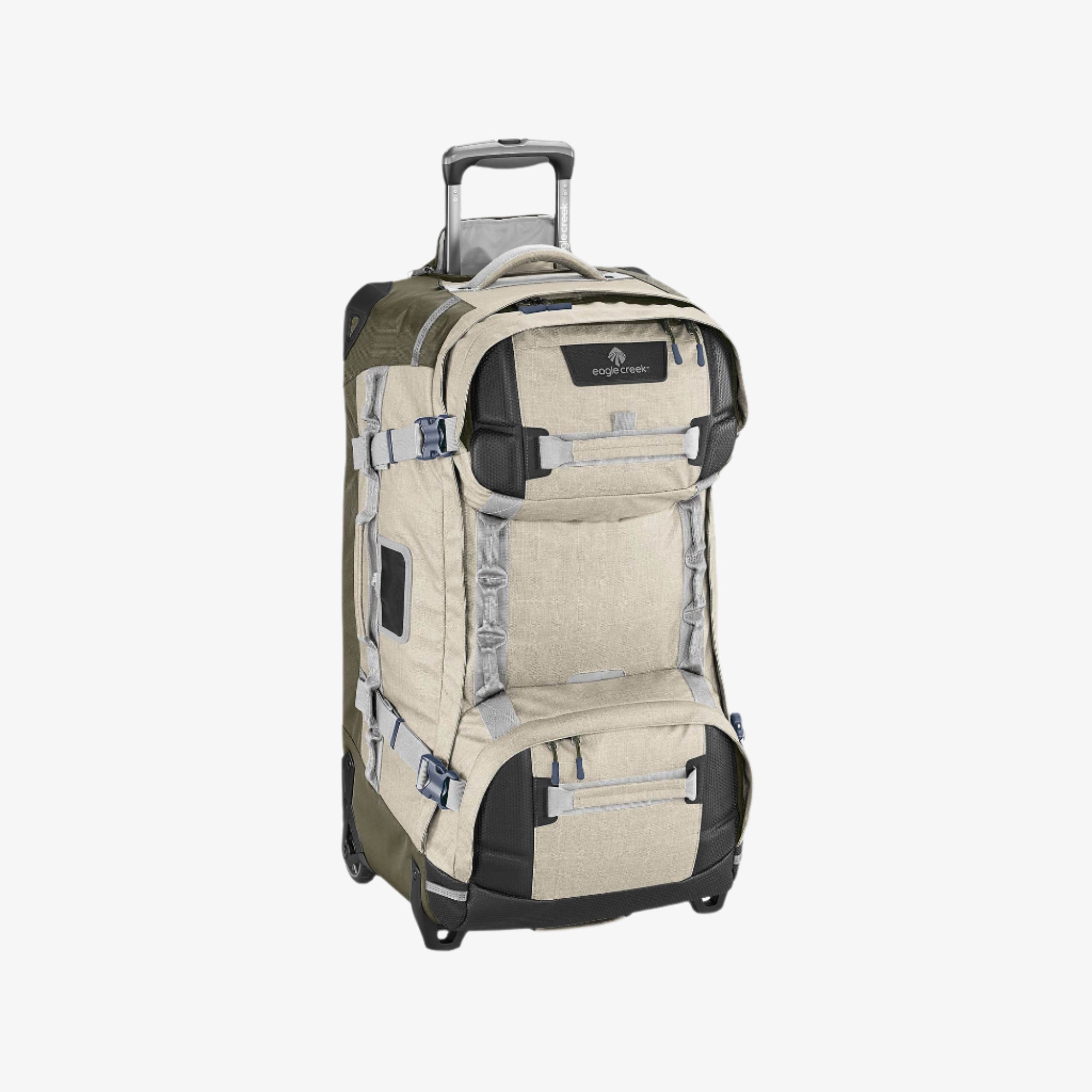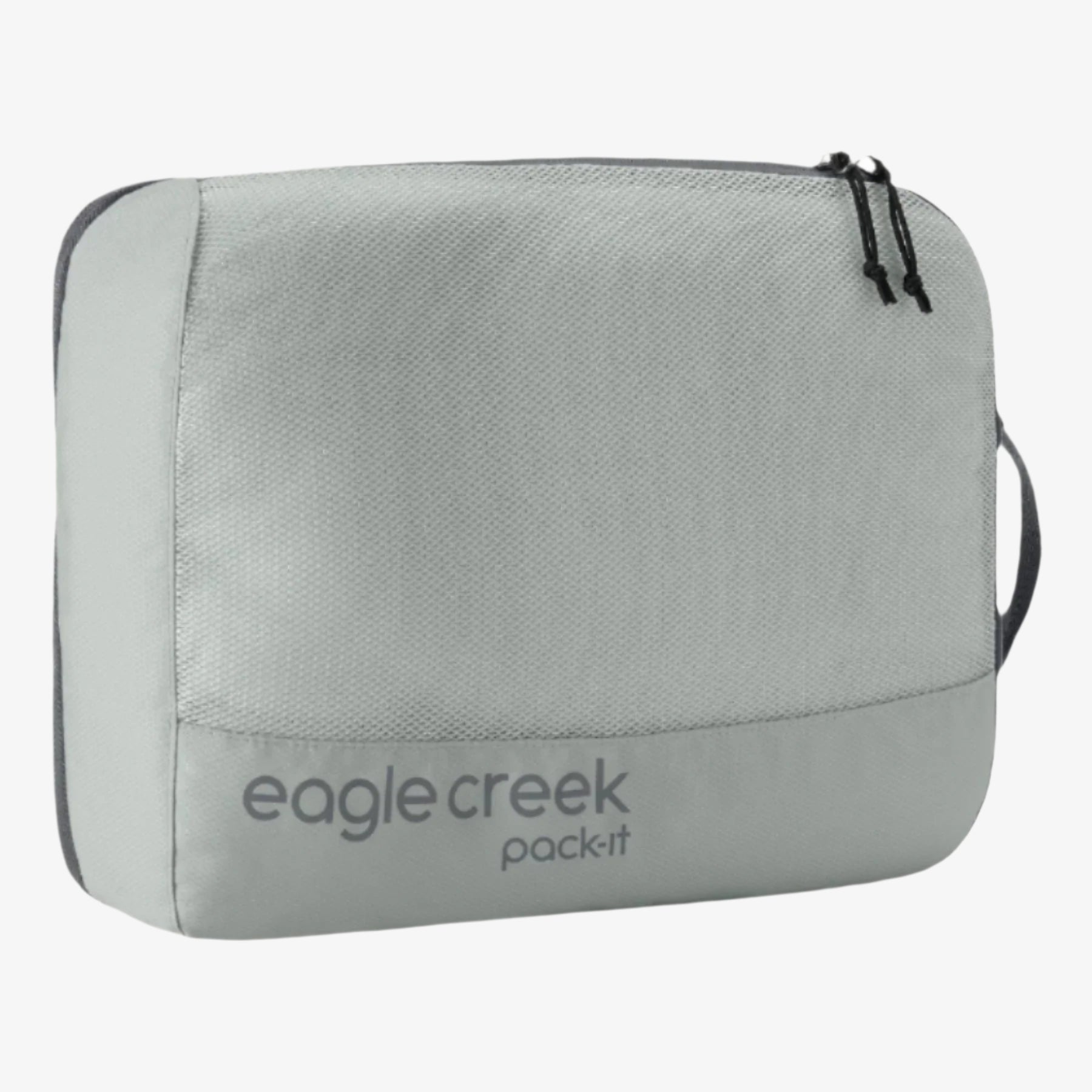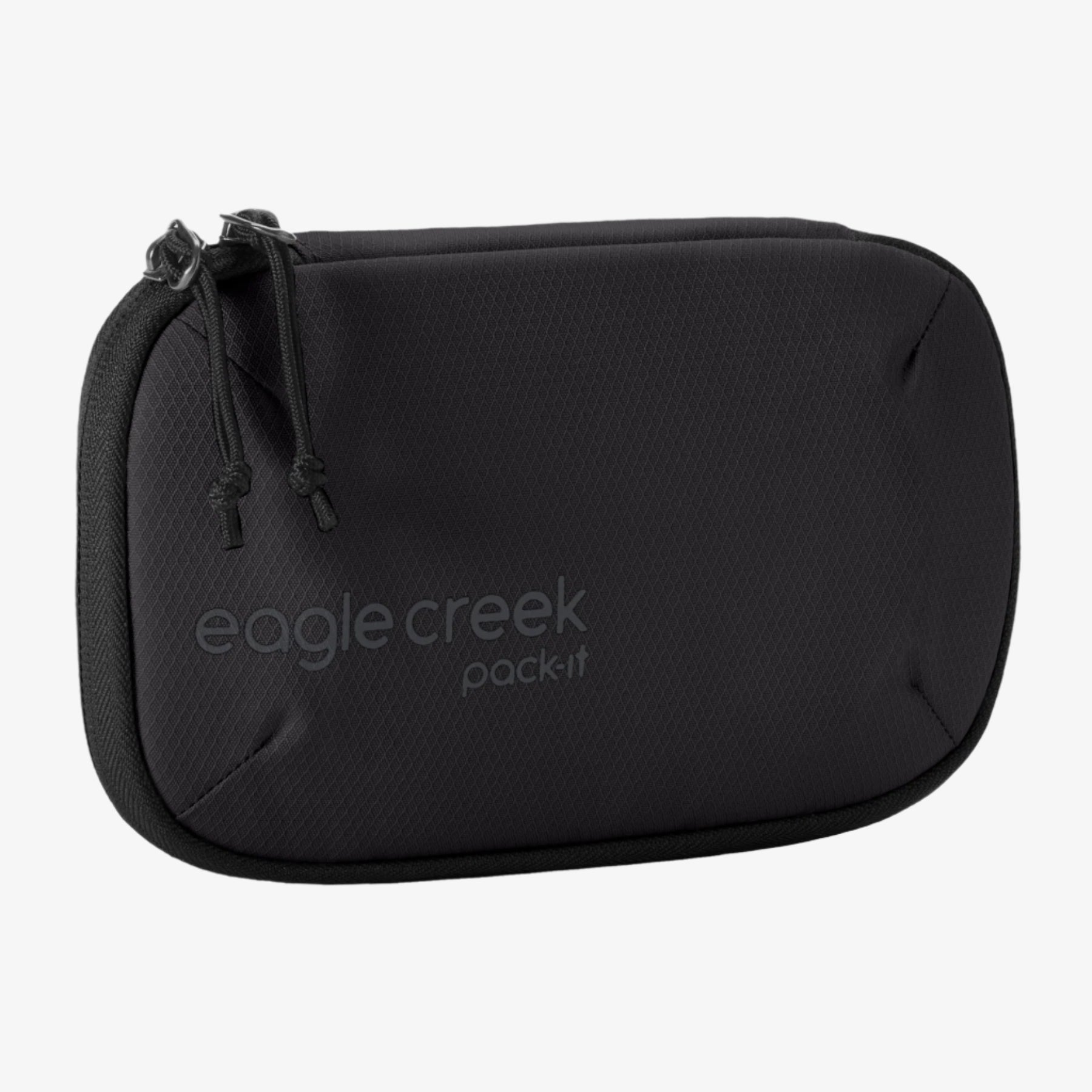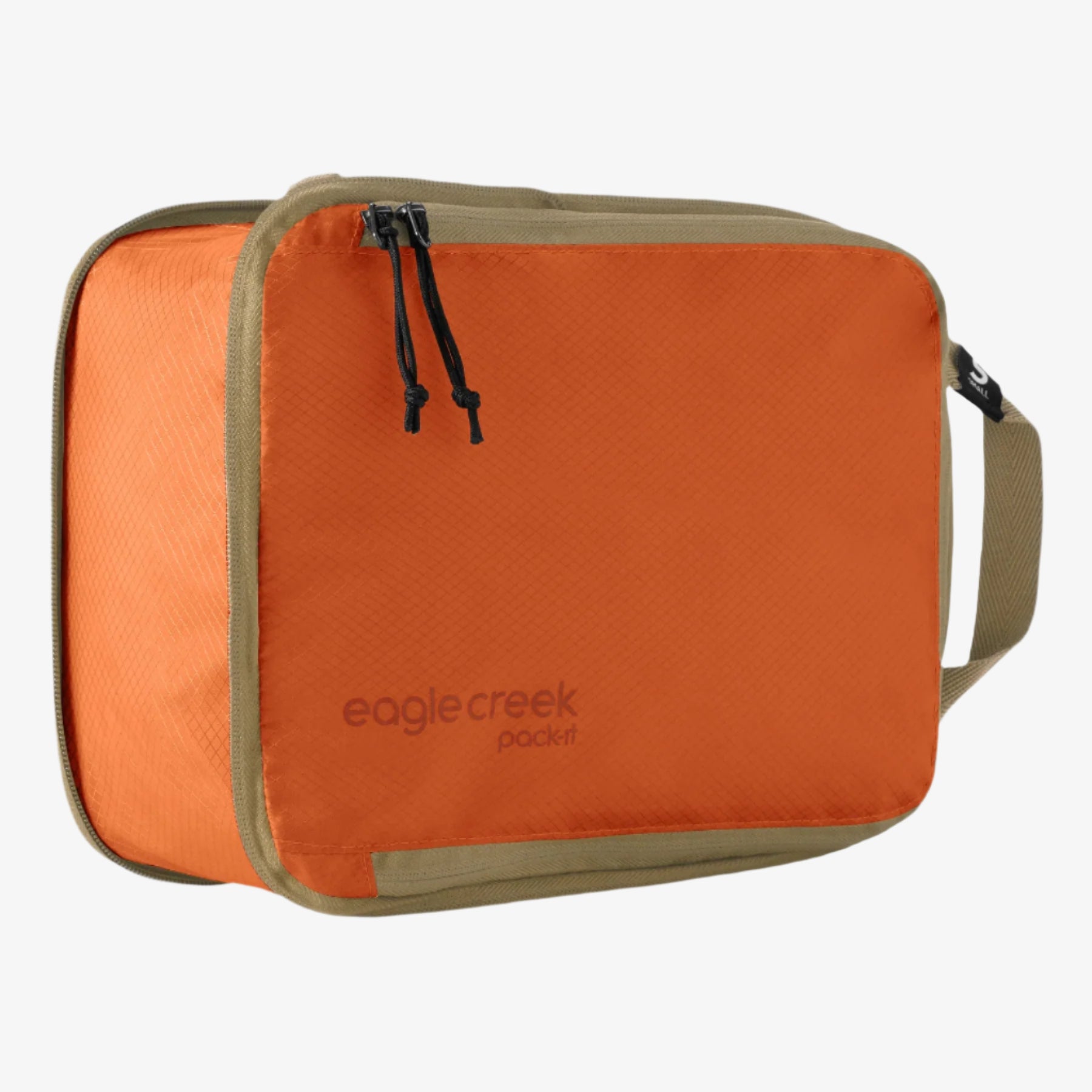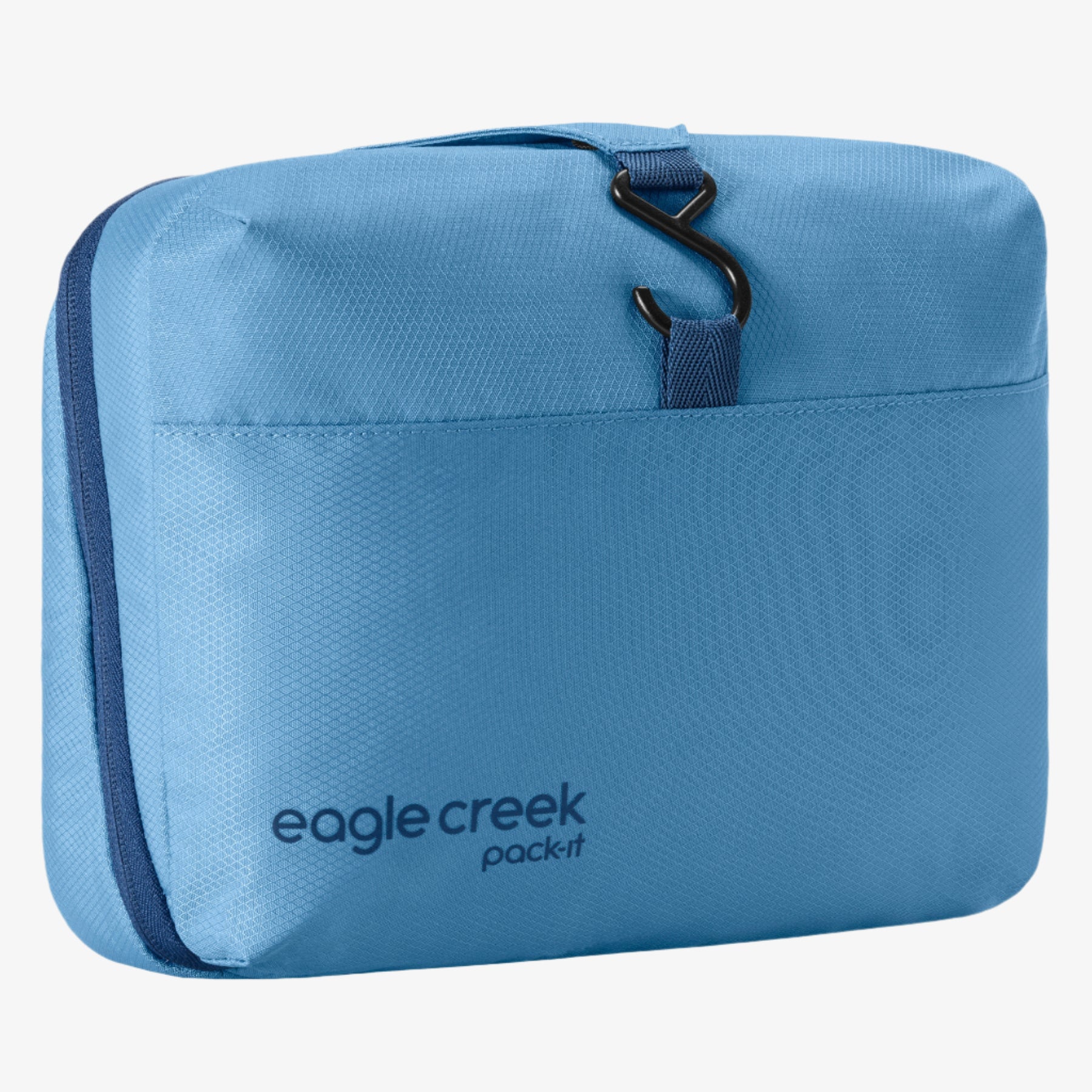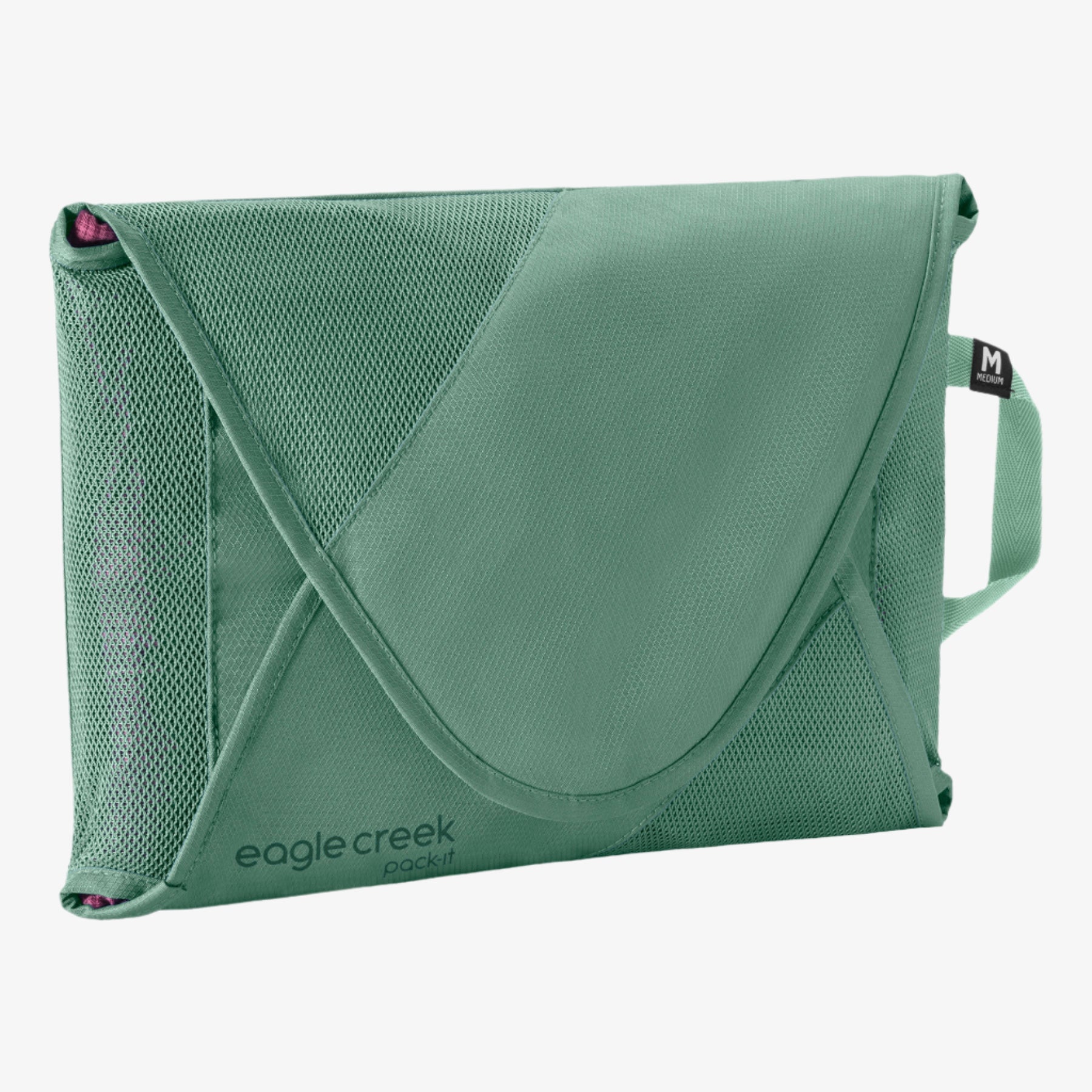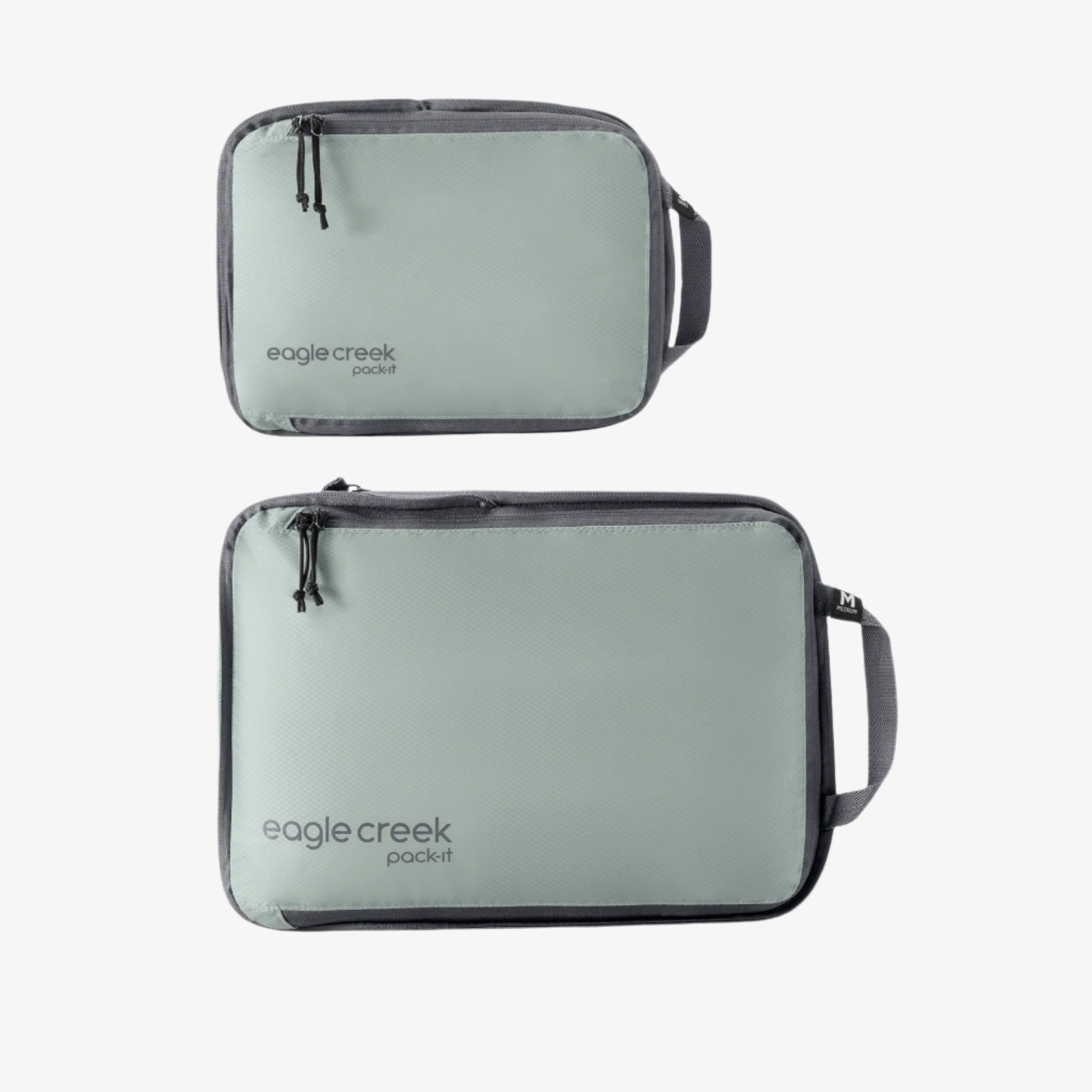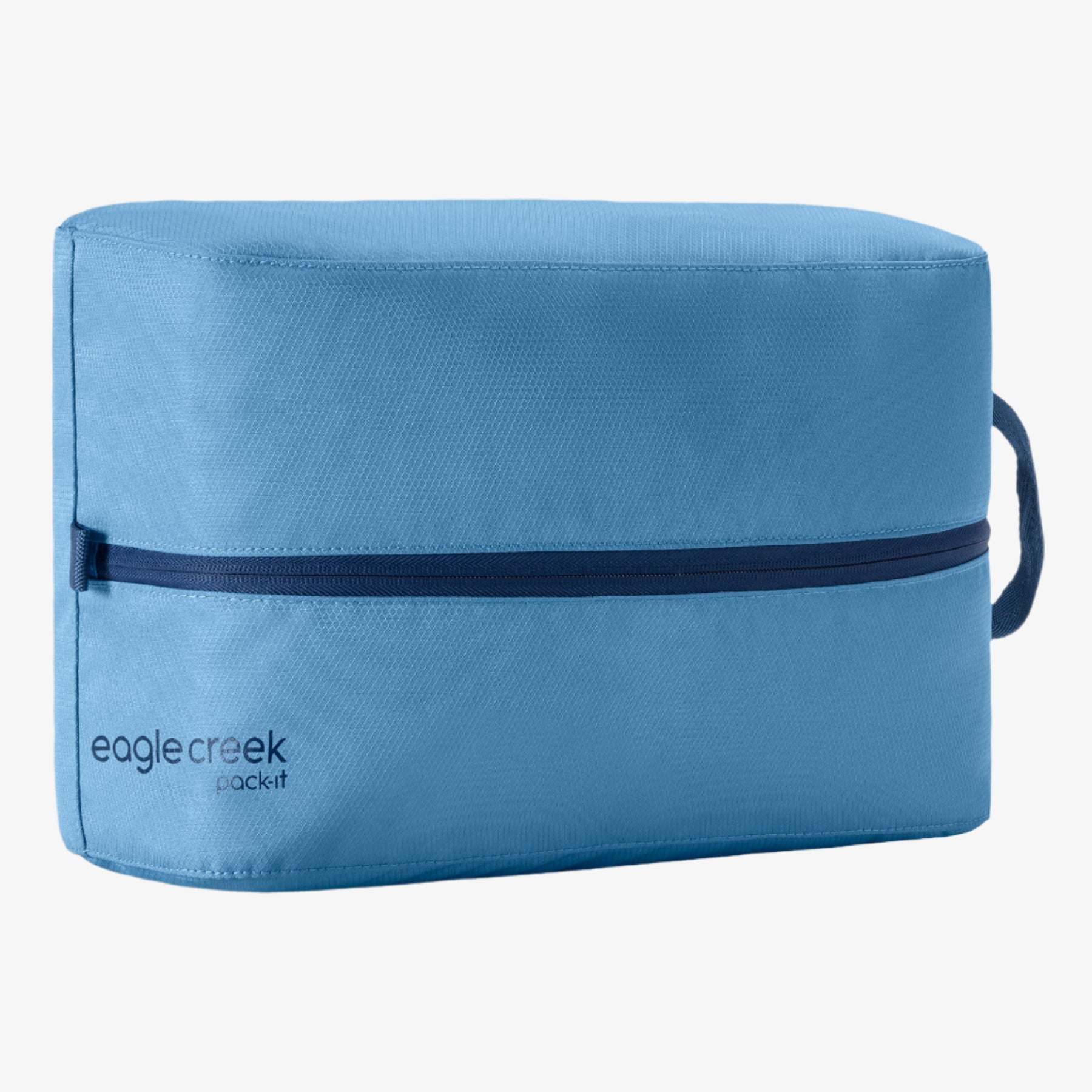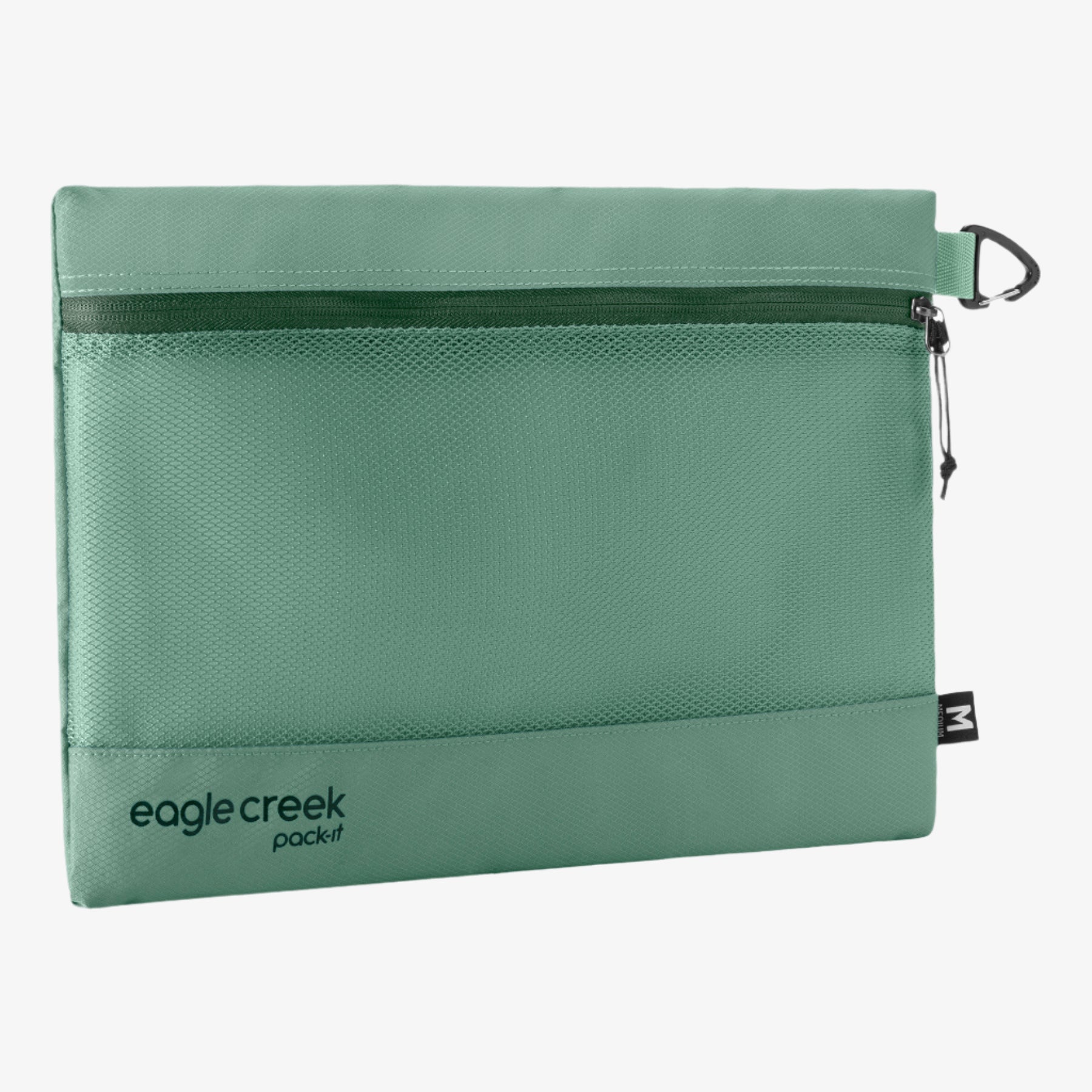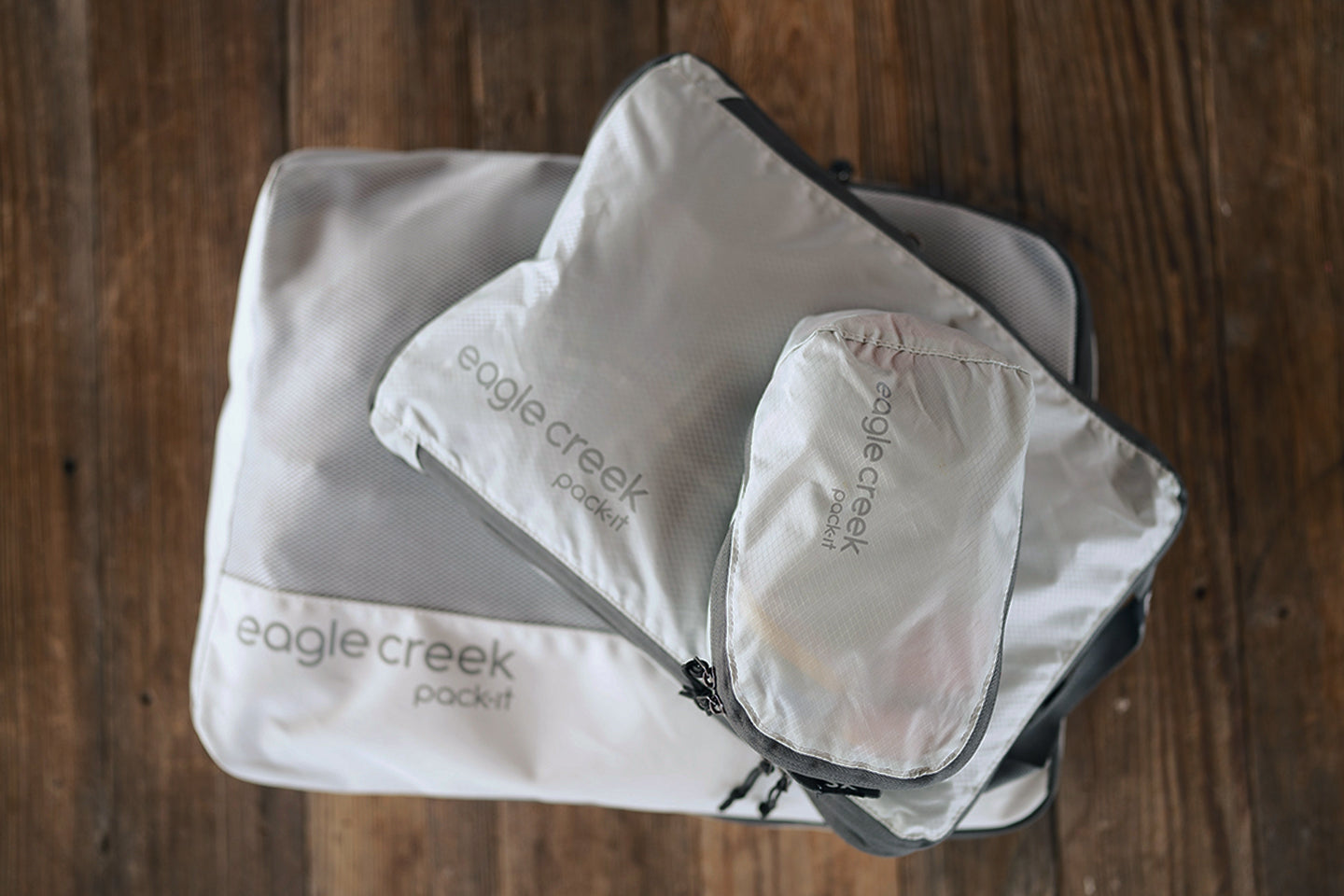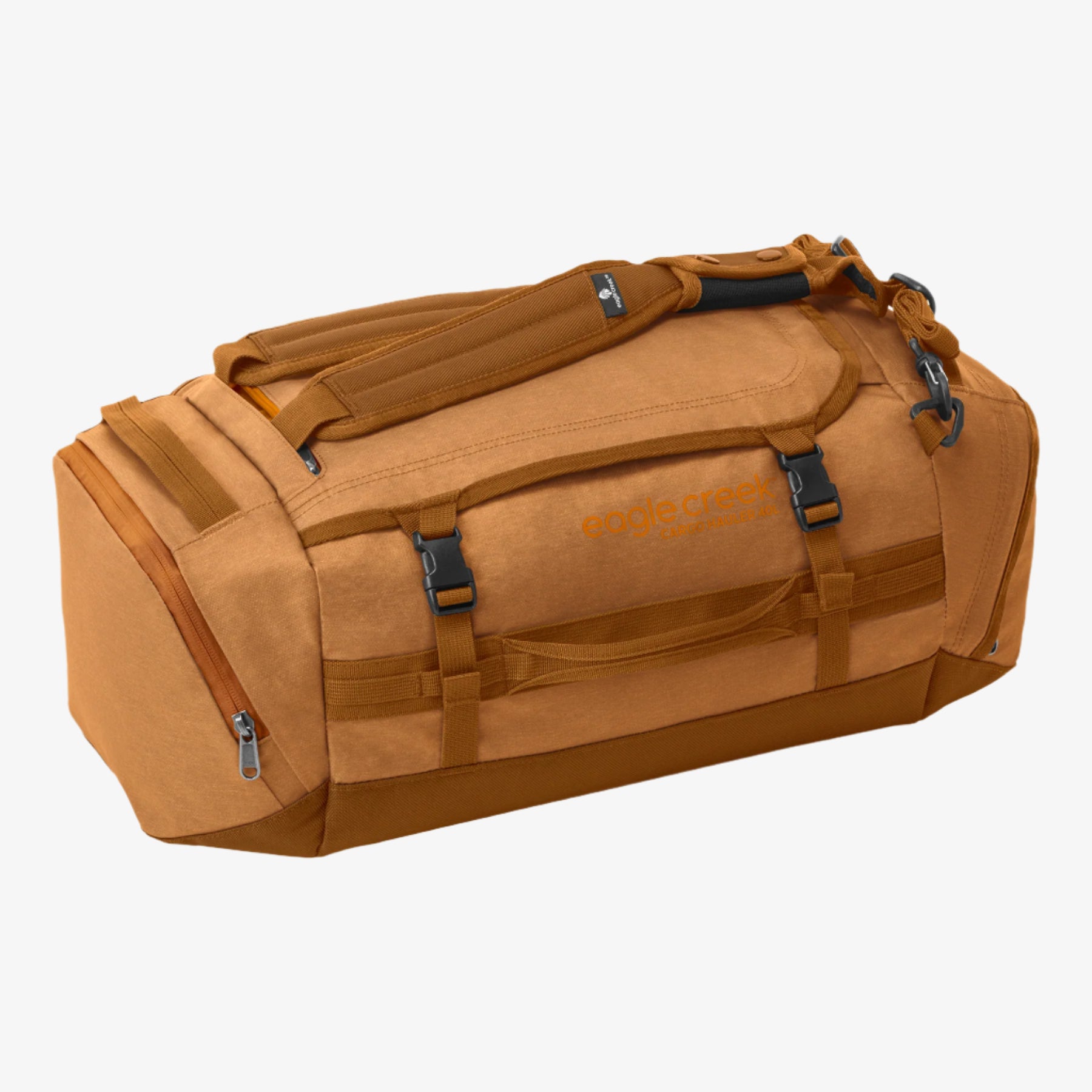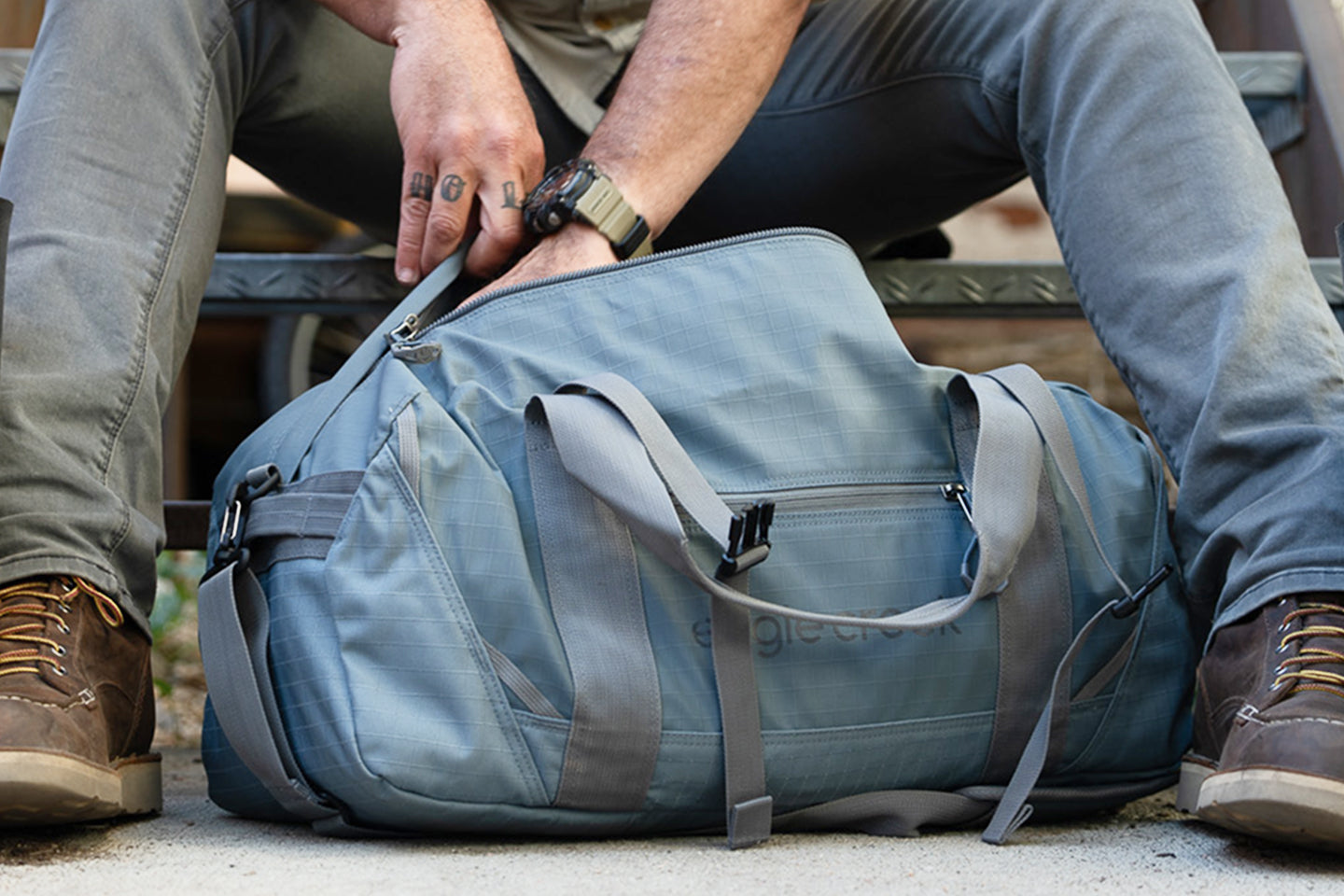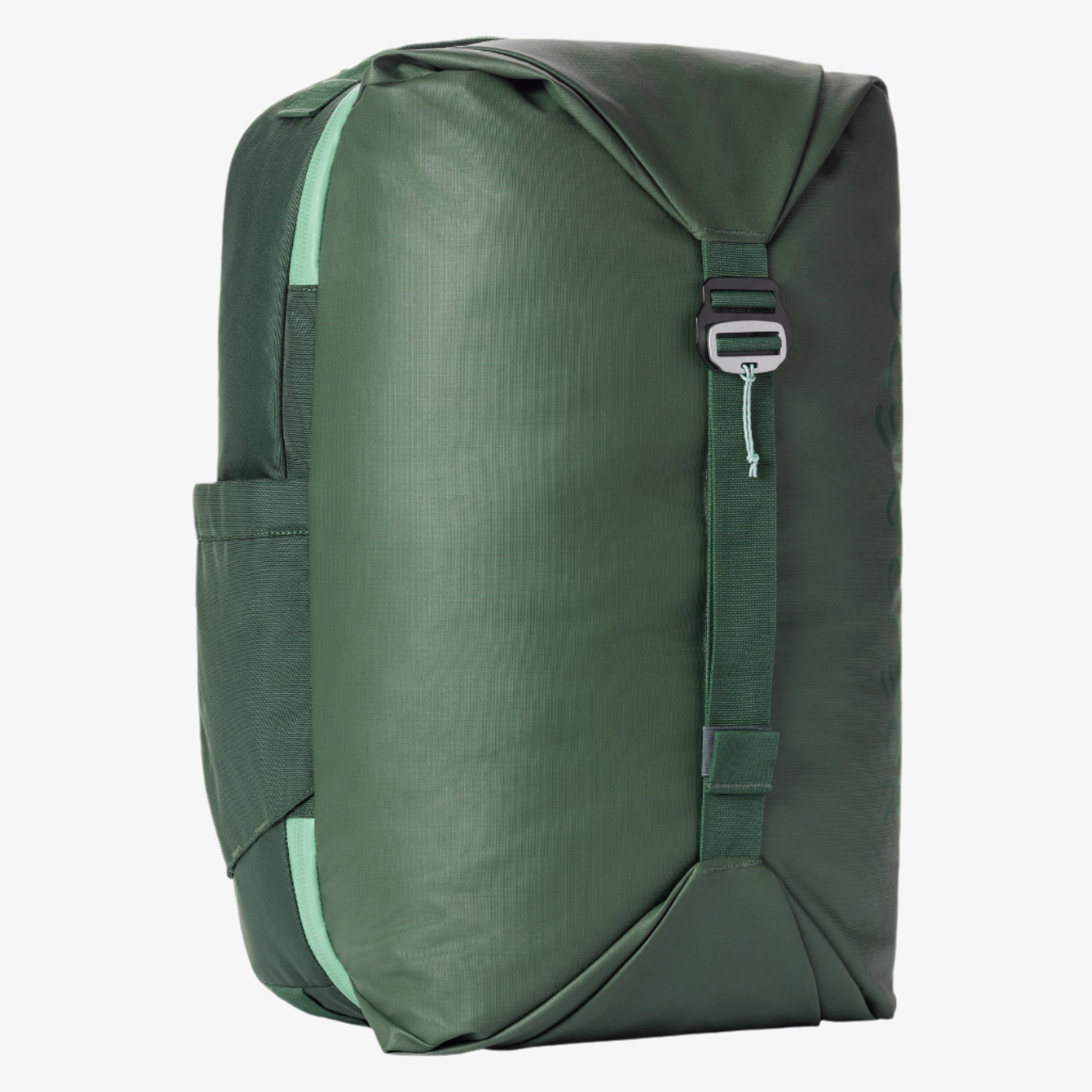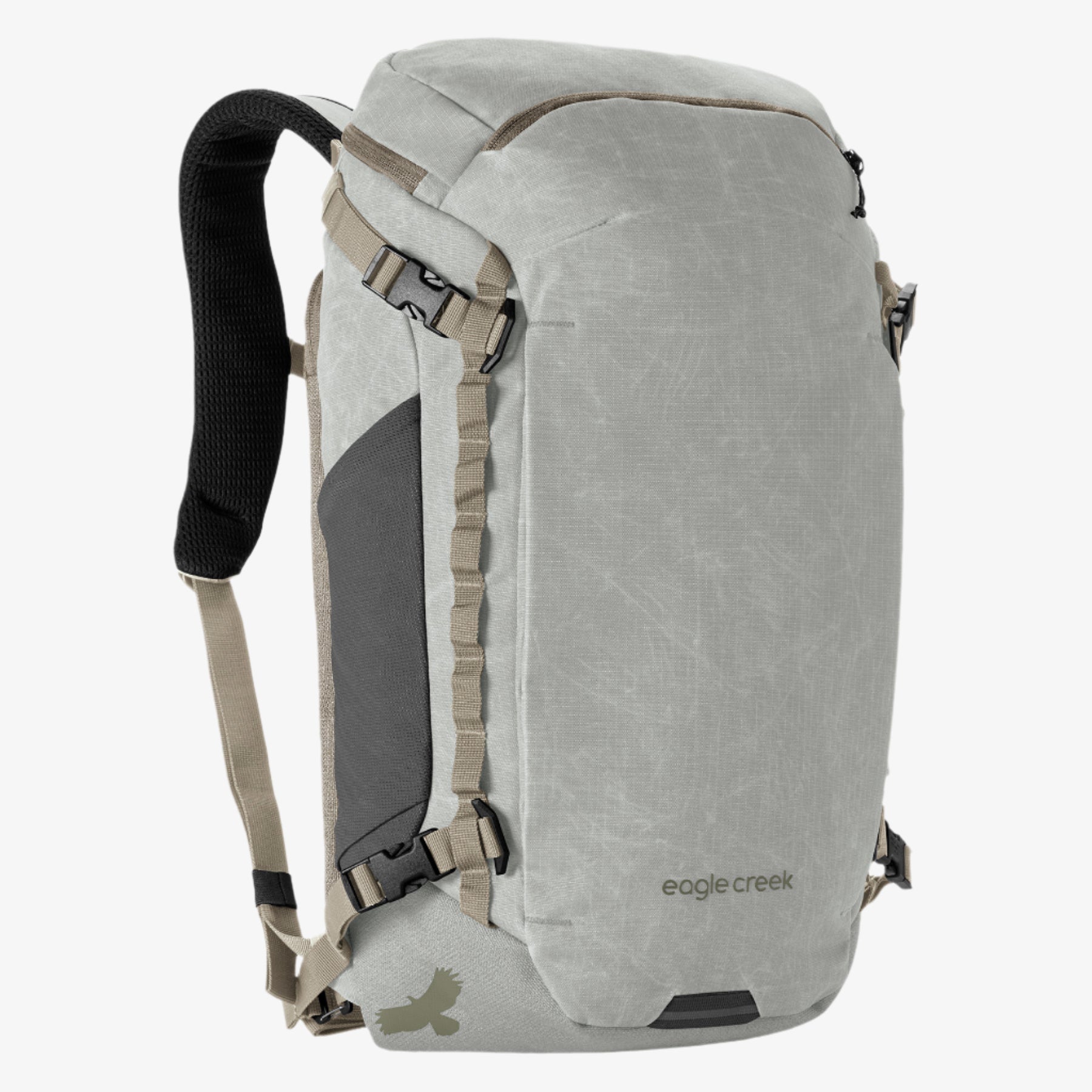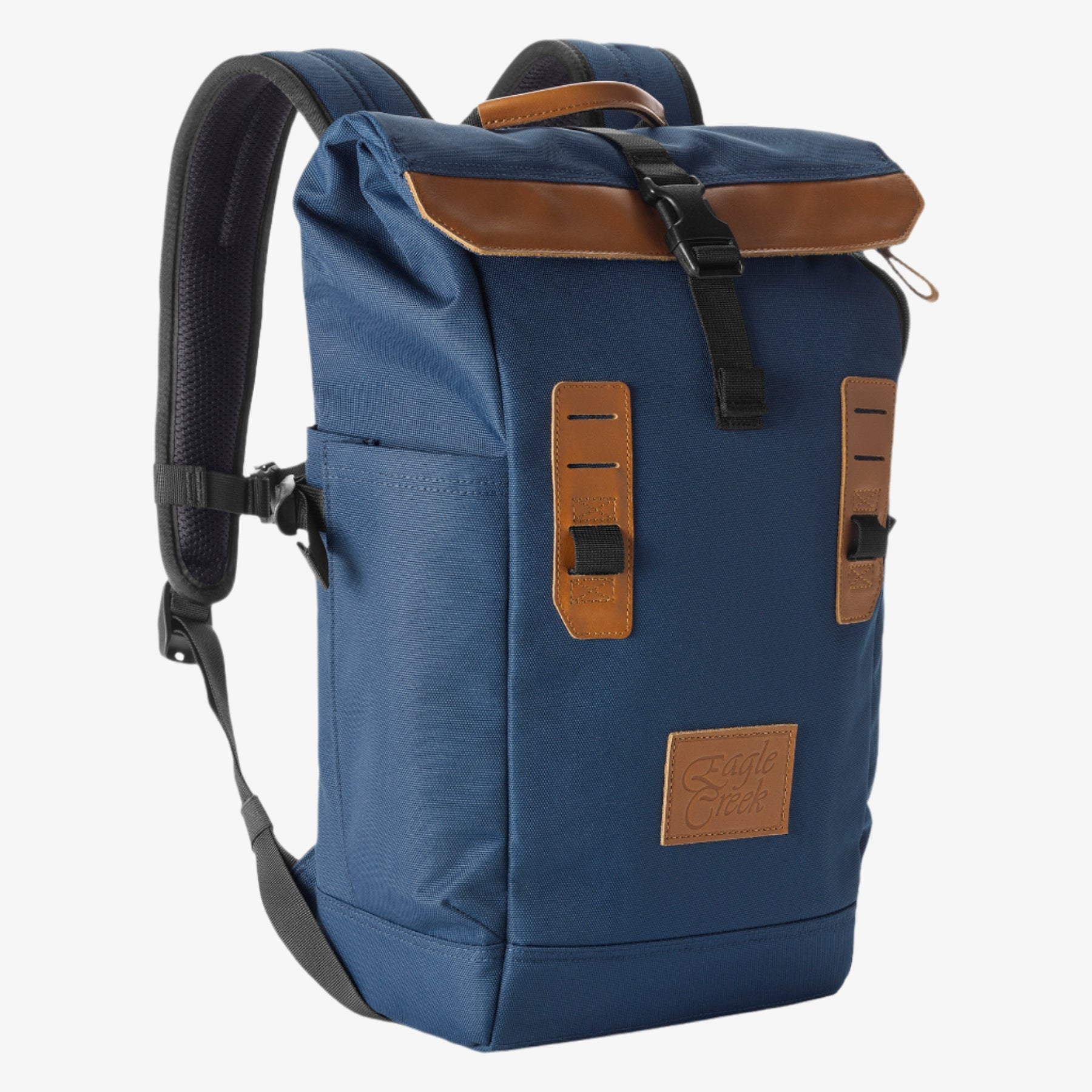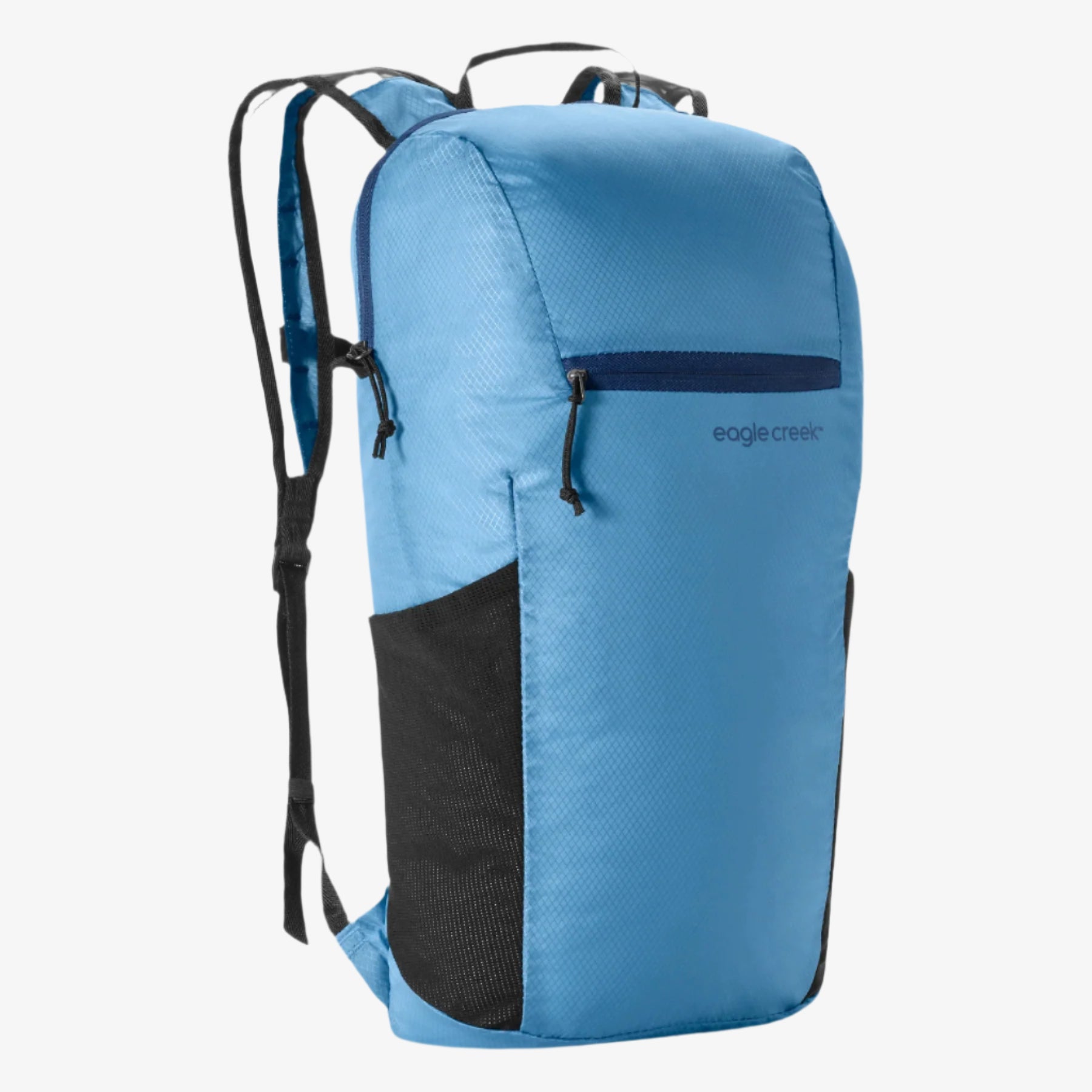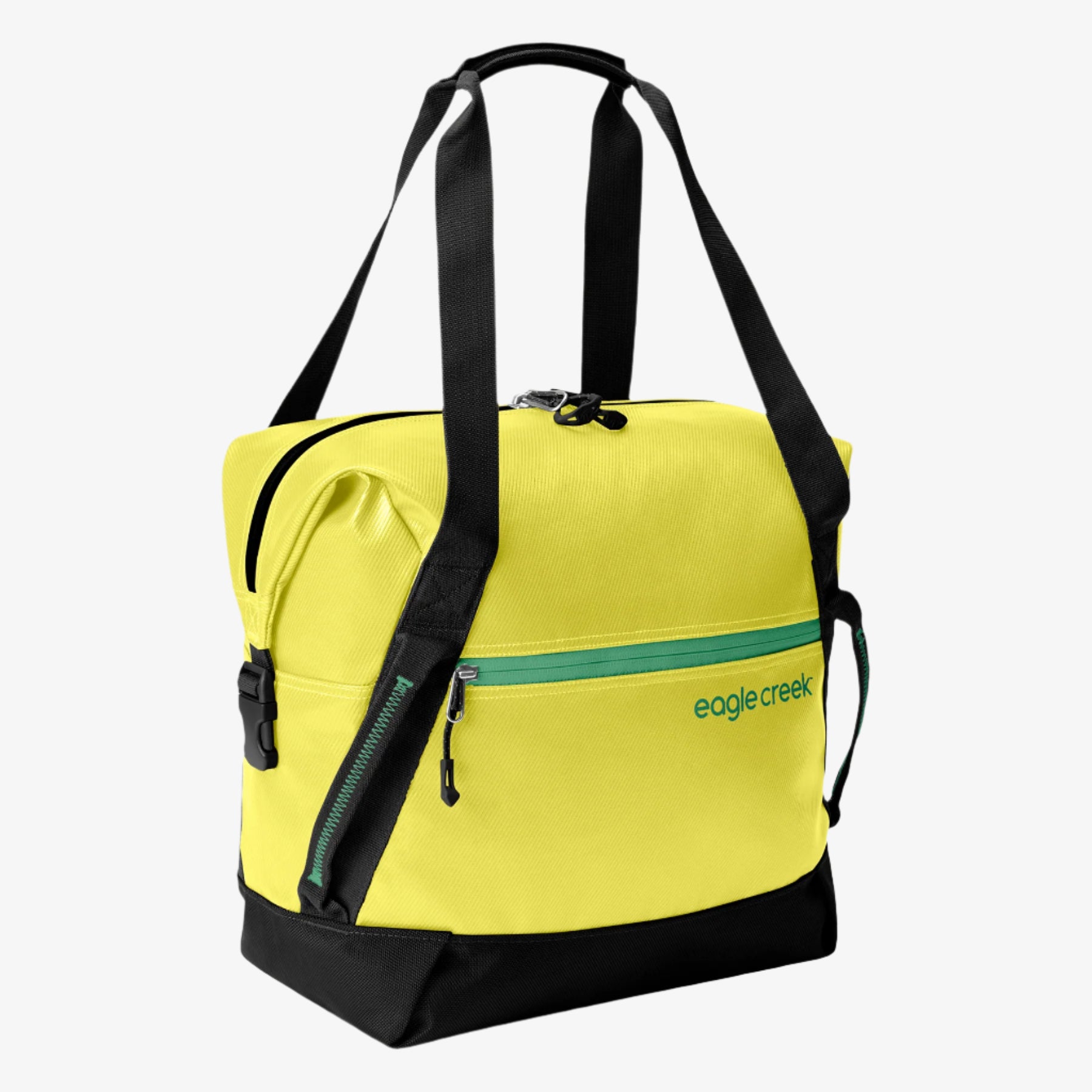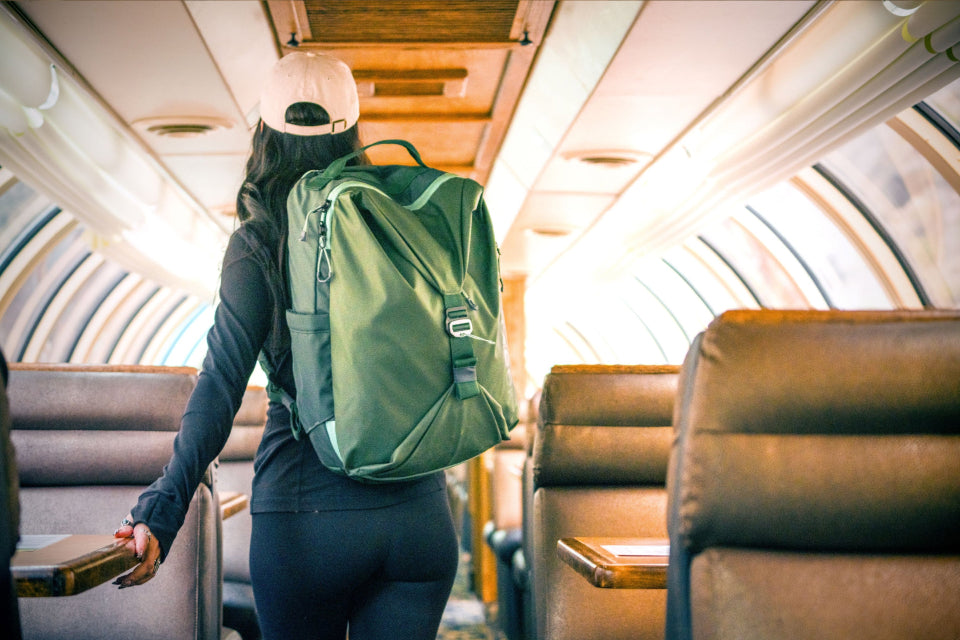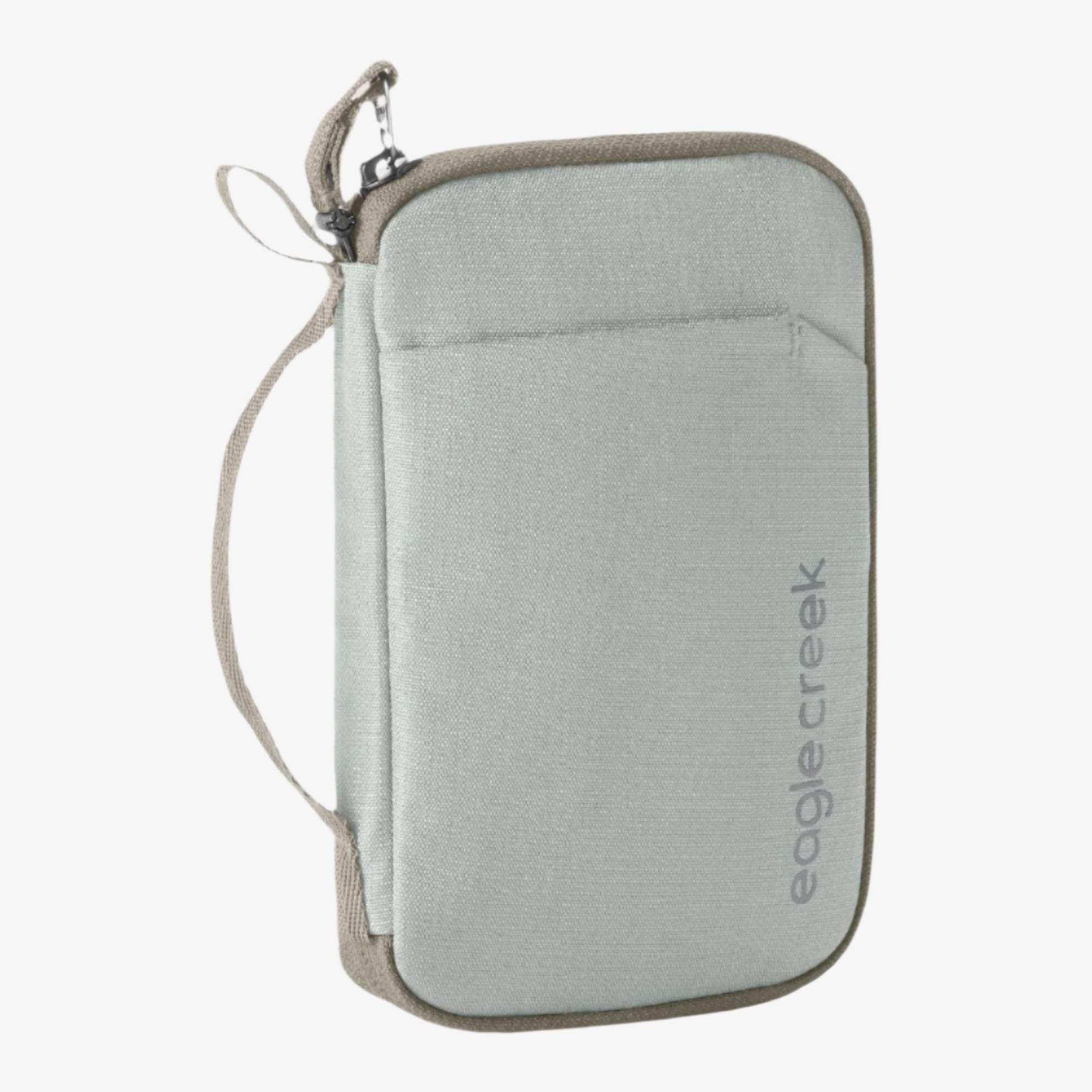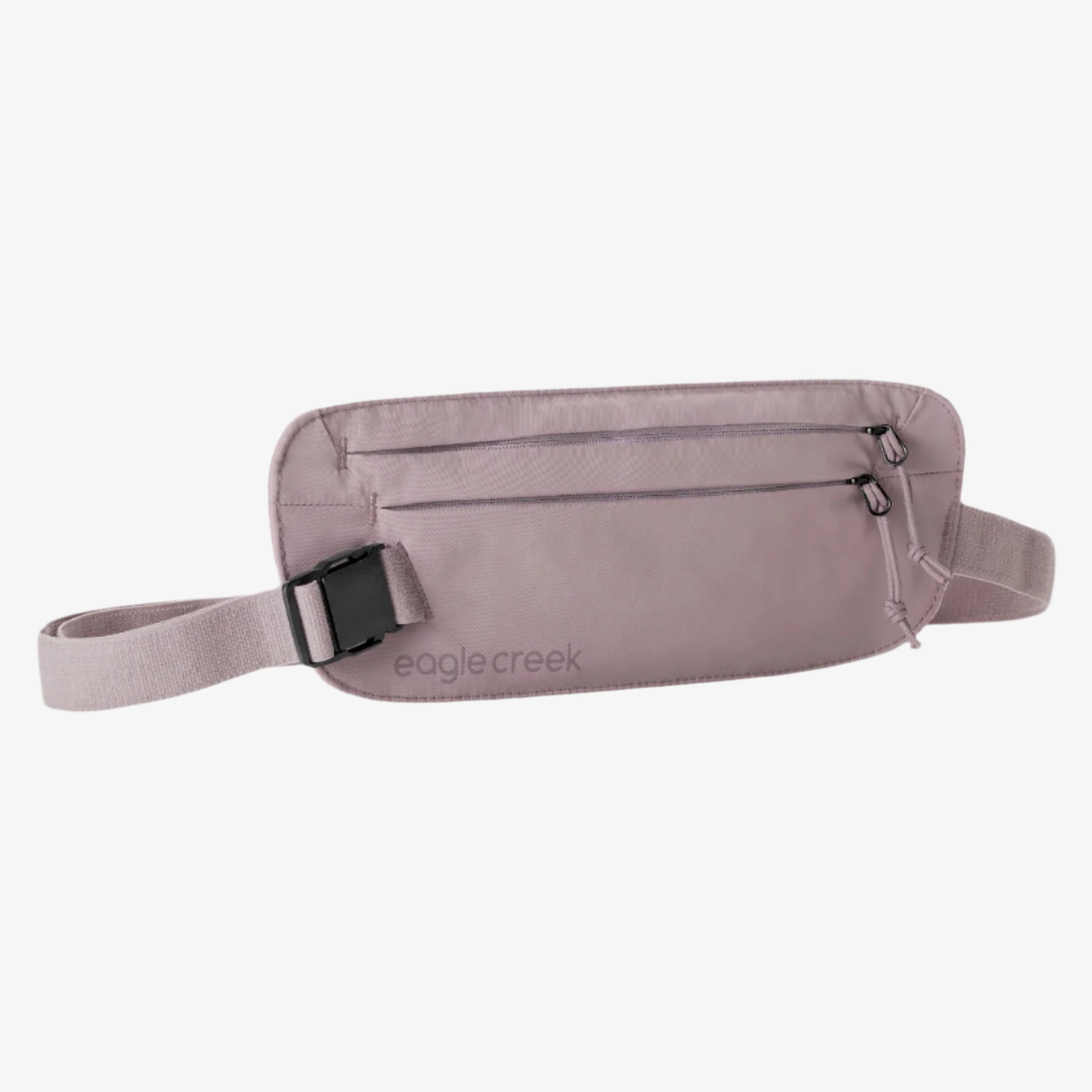Whether you’re planning to spend a long weekend in London, a semester abroad in Italy, or an entire summer in Europe traveling around the continent by Eurorail, don’t pack your bags without referencing this ultimate European packing list!
Once you start planning a trip to Europe, it’s tempting to expand your journey from a single destination to several. Inexpensive intra-continental flights and the speed of the local rail system make it easier than ever to explore multiple countries during a single trip. And, considering the cost of flying to gateway cities like London, Rome, and Paris (fares can easily exceed $1,000 round trip) that’s exactly what most U.S.-based travelers do.
When traveling Europe, you’ll be packing for multiple destinations, diverse cultural experiences, and varied activities. That’s a lot for a single trip and although it will make for one incredible adventure, it can also make packing itself one serious challenge! To help you plan to journey to multiple European locales and climates (without getting saddled with excess baggage fees) we share which items you really need to pack for a European vacation—and which “essentials” you can do without.
Step 1: Pick the Best Travel Bag for Europe
Picking out the best luggage from European travel has requires a few considerations. Are you planning to roll your luggage throughout your journey—or do you need straps and a comfortable frame so that you can easily carry your travel bag from place to place? If you’re traveling to Europe (where modern boutique hotels meet ancient piazzas), the answer is almost certainly going to be “both.” Fortunately, with a hybrid piece of luggage, you can easily switch back and forth between your preferred methods of toting your stuff.
For many stops on your European trip, your bag can and probably will be rolled—so why put the extra weight and work on your shoulders? In those instances—where rough cobblestoned streets or endless staircases (think Venice) are the norm—the ability to convert your luggage to a backpack can be a real lifesaver, landing it at the top of the list for the best travel backpack for Europe. A few top considerations for luggage that matches packing conveniences with the rigors of European travels include:
-
Caldera™ Convertible International Carry On: Make your European travels more convenient with a versatile, carry-on sized duffel bag that has a zip-off daypack, zip-away backpack straps, and plenty of organizational features. A generous main compartment, large front compartment, and padded laptop sleeve ensure safe places to store all of your travel gear. Made from 100% recycled Cordura® poly, feel good about your carbon footprint while providing extreme abrasion, tear, and water resistance.
-
Gear Warrior Convertible Carry-On: Perhaps the best of both worlds, this bag includes a built-in daypack. The main pack features a convenient book-style opening as well as burly wheels with a huge tire for the ultimate more off-road capability.
- Cargo Hauler Duffel: Enjoy the convenience of multiple carry solutions with this large travel bag ideal for extensive adventures in Europe. The 110L Cargo Hauler Wheeled Duffel comes equipped with tuck-away backpack straps so you can carry it comfortably on your back or wheels for an easy rolling experience.
Step 2: Pack in Layers
One unchanging truth about Europe: The weather is constantly changing, often going from warm and sunny to wet and chilly in a single afternoon—and that’s if you’re standing in one spot! Deciding what to wear in Europe is tough, because if you hop on a flight between Dublin and Southern Italy you may feel like you’re in another world (at least as far as the climate is concerned).
When packing travel clothes for Europe, make sure you always stay comfortable and stylish by choosing clothing that you can layer, selecting thin breathable fabrics like cotton, and knits that can keep you warm in the early morning and are easily peeled back as the temperature rises. Stash one lighter, hooded waterproof jacket in your luggage and wear or carry a heavier jacket or coat to save space.
If you’re going to over-pack anything, over-pack socks (stuff them into your shoes and between the small, empty spaces in your bag) and underwear. You can never have too many fresh pairs of either essential and they fit perfectly in a Pack-It®®® Slim Cube!
Step 3: Bring Comfortable Footwear
Thanks to those aforementioned cobblestone streets, walking around most places in Europe is far more comfortable when you’re wearing a comfortable pair of walking shoes, with plenty of support and cushion. As far as travel shoes for Europe goes, this is pretty critical. Fortunately, there are some really stylish ones out there that can also look good when going out to dinner at a nicer restaurant. So what’s the best way to pack shoes?
For Europe, I recommend trying to limit your shoe packing to two pairs if you’re packing for summer in Europe: one open-air pair of sandals and one closed shoe that can be worn with socks. If you’re packing for winter temperatures, consider boots appropriate to your primary location (boots for Italy are much different than boots intended for Finland adventures!), as well as comfortable closed-toed shoes for navigating in cities. We know it’s tough, but you’ll thank yourself for it later. Whether you bring two pairs or four, we recommend using a Pack-It®®® Shoe Sac to keep all those dirty cobblestones from touching the clean clothes in your bag.
Step 4: Lock Down Your Packing System
The best method for fitting everything into a single bag and make your gear easy to access? Adopting your own organized packing system. Mine came together thanks to Eagle Creek’s Pack-It®®® Compression Cubes. I started using travel packing cubes last year and wondered how I traveled for so long without them! I put all my bottoms (pants and skirts) in one cube, tops in another, and use the small or extra small packing cubes for underwear.
Not only do the cubes help compress your clothing down to a more manageable size, but because each type of clothing has its own special spot (much like they do in your drawers at home), it makes moving from place to place on the road a lot faster and less stressful. Say goodbye to the “exploding bag” syndrome that seems to happen once you’ve unzipped your bag in the fifth destination!
Expert packing tip for Europe: Starting with the “basics” when planning your packing list for Europe, and use a set of packing cubes and lightweight garment folders to keep your items organized, and a hanging toiletry kit for your bathroom essentials.
Step 5: Make a List of Essential Travel Accessories
Don’t forget the smaller essentials you’ll need on your journey. A USB Universal Travel Adapter is a good bet for plug-in items in Europe—it offers various prong configurations to use with plugs found in different countries. Plus, you can use it when traveling to other parts of the world as well. To be eco-friendly, pack your own water bottle; most water in Europe can be sipped directly from the tap, and many cities have public drinking fountains for filling up. A non-BPA plastic bottle is the most lightweight bet, or check out the collapsible kind for ultimate portability.
Other useful items to put on your packing list are a TSA lock and cable for your luggage (helpful when riding trains or buses to prevent theft); a travel pillow, sleep mask, and ear plugs; a money belt or hidden pocket. When it comes to all of those items you consider packing “just in case,” leave those behind. Remember, if you do forget something or need something else, you can always buy it once you reach your European destination.
And part of your packing system from Step 4 should include a set of packing sacs to keep track of all these little items floating around your bag when not in use—think chap sticks, hats, sunscreen, etc.
Complete Packing List for Europe
Packing for Europe should be a fun experience, but it can get overwhelming quickly if you aren’t prepared. Below is a packing checklist for two weeks in Europe, but you can adjust it according to your travel agenda. The intent is to get you started with a good packing list for European summer, and with tips on how you can personalize it from there depending on your destinations and the seasons.
So, without further ado, here’s your Europe travel checklist:
What Clothing and Shoes to Bring
- Lightweight, hooded waterproof breathable jacket
- Warmer jacket or coat (carry-on)
- Several tops that can layer together
- Pair of jeans and another pair of either high-tech pants or shorts
- One skirt or dress for women (and leggings for winter travel)
- Swimsuit
- Underwear
- Socks
- Two pairs of comfortable walking shoes
Travel Essentials for Europe
- Sleep mask, earplugs, and travel pillow
- Sunglasses
- Travel towel
- Luggage lock and cable
- Electric adapter
- Water bottle
- RFID-blocking money belt or hidden wallet
- Watch
- Reading material or device
- Mp3 player for music, and/or mobile phone
- Camera and plenty of SD card storage
- Chargers for your electronics
- Watch
- Toiletry Kit
- Personal cosmetics and grooming items (keep it minimal)
- Sunscreen and lip balm
- Feminine products for women
- Small bag of medicine (include aspirin, upset stomach pills, and motion sickness medicine)
These travel essentials should get you started when deciding what to pack for Europe. Packing can be overwhelming if you don’t have a plan, so spend some time making a list well in advance of your trip.
Lastly, it is always best to do some research on the best travel bags and the best luggage for European travel to ensure you have TSA compliant gear. Strategically plan what you’re going to take so that you have the best carry on backpack or the best lightweight luggage, so that you can pack efficiently.
Heading to just one country in Europe? Try one of our country-specific packing lists.


